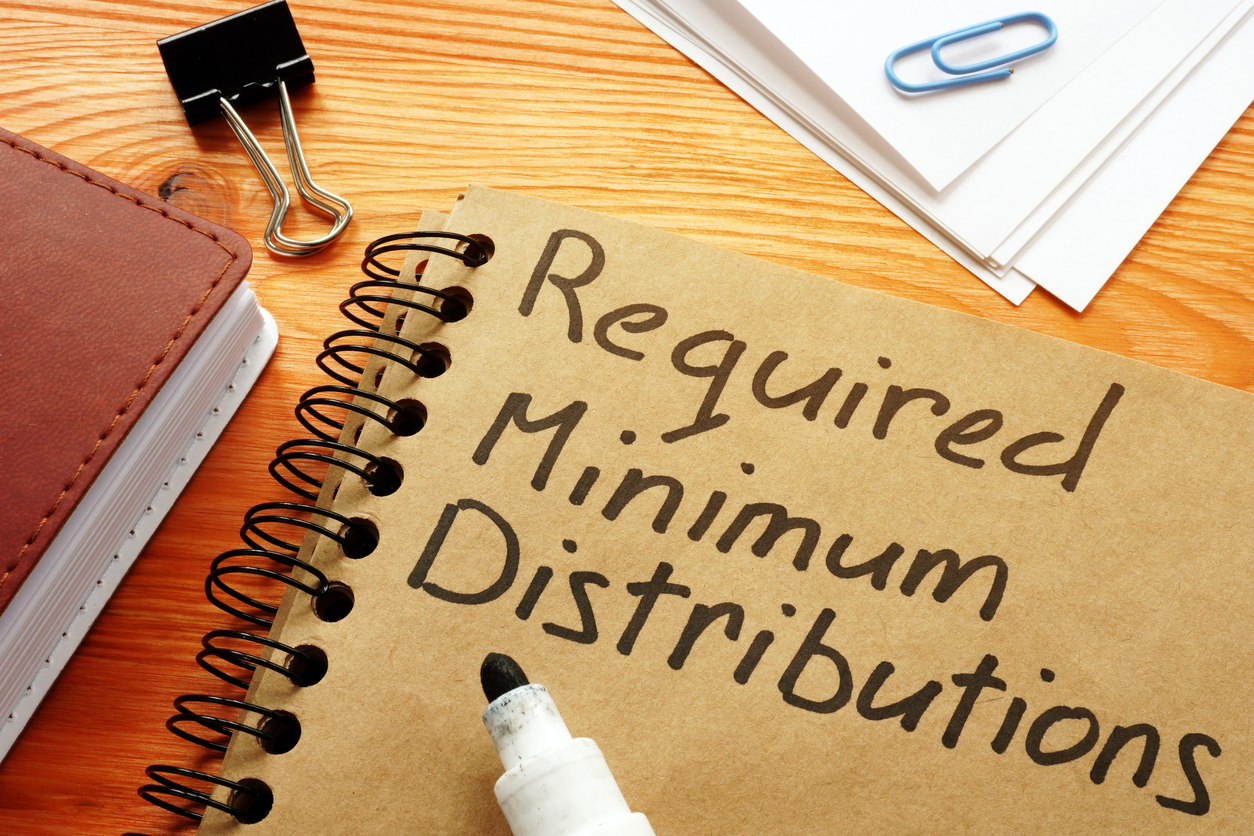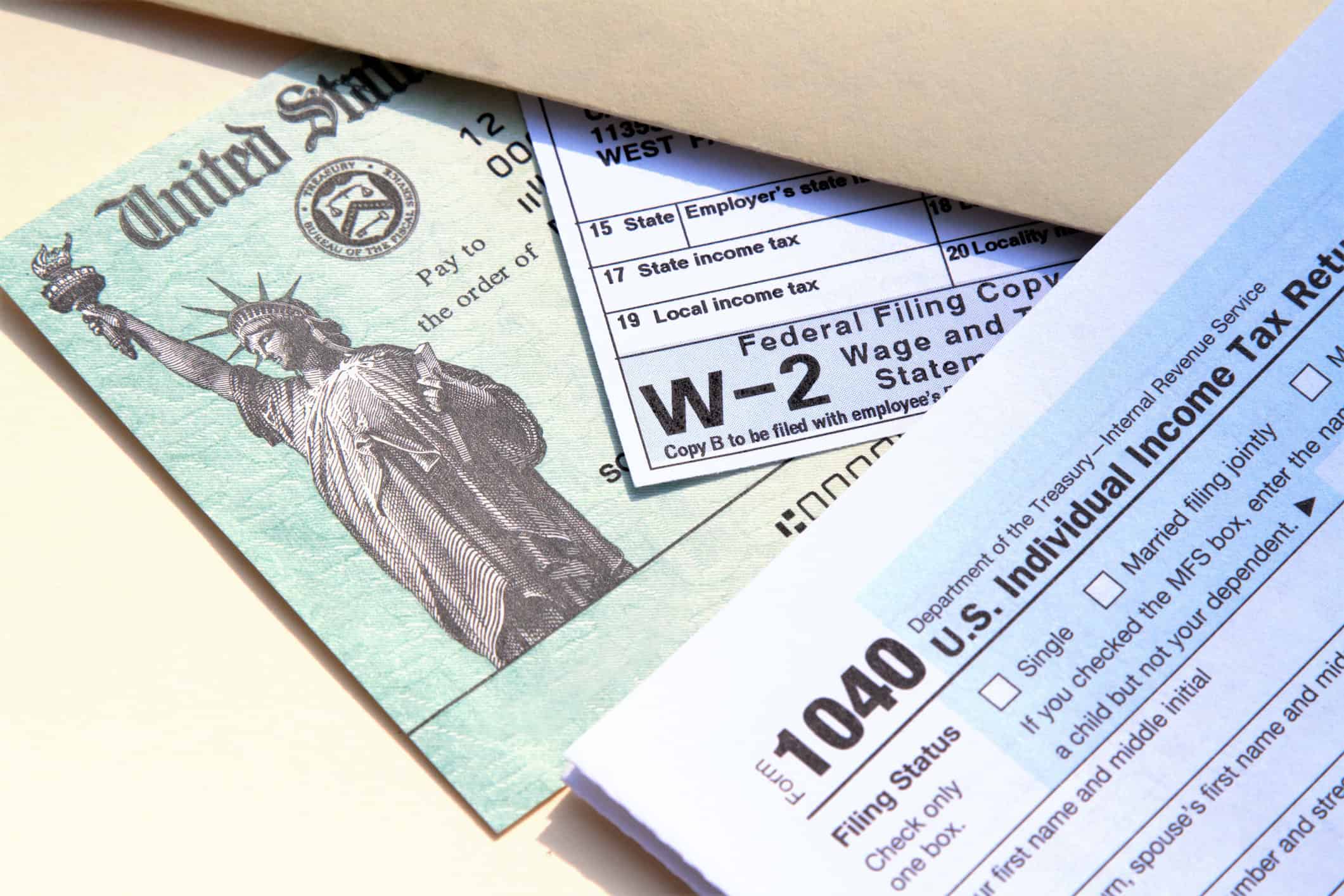
Required Minimum Distributions – Here’s How To Avoid Penalties
As retirement age approaches, individuals need to understand the significance of RMDs and the potential penalties for not taking them. This article will define RMDs, discuss their importance, and provide valuable insights for anyone nearing retirement age. Taking a proactive approach to RMDs can help retirees avoid penalties and seize opportunities. So, to ensure a smooth retirement journey read on to learn more about the required minimum distributions.
What is a required minimum distribution?
A required minimum distribution (RMD) refers to the minimum amount of money that retirees must withdraw from their retirement accounts, such as traditional IRAs or 401(k) plans, once they reach a specific age set by the Internal Revenue Service (IRS). As of recent legislation, the RMD age is 73 years old for individuals born between 1951 and 1959 and will increase to 75 years old for those born in 1960 or later, under the SECURE 2.0 Act. The previous RMD age of 70½ applied only to individuals who reached that age before 2020, prior to the SECURE Act. RMDs are mandatory to ensure that retirees begin utilizing their tax-deferred savings for living expenses during retirement, rather than allowing the funds to grow tax-deferred indefinitely.
Failure to take RMDs as required can result in severe penalties imposed by the IRS. It is crucial for retirees to be aware of their RMD obligations. Plan accordingly to avoid any potential penalties. Proactive planning, such as consulting with a financial advisor, can help retirees understand the specific rules surrounding RMDs. This allows them to develop a strategy that maximizes their retirement savings while adhering to IRS regulations.
How are required minimum distributions taxed?
Required minimum distributions (RMDs) from retirement accounts are subject to taxation. Once individuals reach age 73, they are required by the IRS to start taking withdrawals from their retirement accounts, such as traditional IRAs and 401(k)s. These withdrawals are taxed as ordinary income, meaning they are subject to the individual’s applicable federal income tax rate
The amount of the RMD is calculated based on the individual’s life expectancy and the balance of the retirement account. The IRS provides tables that can be used to determine the RMD amount each year. The RMD must be withdrawn by December 31st of each year to avoid penalties.
When individuals receive their RMD, the financial institution holding their retirement account will usually withhold a certain percentage of federal income taxes. However, it’s important to note that the withholding rate may not accurately reflect the individual’s actual tax liability. It’s advisable to consult with a tax professional to determine the appropriate withholding amount and to ensure compliance with tax laws.
In addition to federal income taxes, RMDs may also be subject to state income taxes, depending on the individual’s state of residence. It’s essential to understand the tax laws of the specific state to properly plan for any additional tax liabilities.
Taking RMDs can have implications for an individual’s overall tax situation. It may push them into a higher tax bracket, potentially increasing their tax liability.
What strategies are available to minimize the impact of RMDs?
Some strategies available to minimize the impact of RMDs include:
- Roth IRA conversions: Consider converting a portion of your traditional IRA or 401(k) funds into a Roth IRA. This can be done gradually over time, spreading out the tax liability. Roth IRAs are not subject to RMDs. This strategy can therefore help reduce future RMD amounts and potentially lower overall tax liability.
- Qualified Charitable Distributions (QCDs): If you are charitably inclined, you can directly transfer up to $100,000 per year from your IRA to a qualified charity. QCDs are not included in your taxable income, which can help reduce your overall tax liability. And it may potentially keep you in a lower tax bracket.
- Delaying retirement plan distributions: If you are still working and have a retirement plan with your current employer, you may be able to delay taking distributions from that specific plan. This strategy can help reduce your overall RMD amount and tax liability.
- Carefully managing other sources of income: Coordinate your RMDs with other sources of income. This includes Social Security benefits or taxable investment income. By strategically timing and managing these income sources, you may be able to keep your overall taxable income lower and minimize the impact of RMDs.
To avoid penalties with RMDs, retirees can take the following proactive steps:
- Be aware of RMD deadlines: The IRS requires individuals to start taking RMDs by a certain age. For most retirees, this age is 73, not 70½, due to the SECURE Act. It is essential to know the specific deadline and ensure that RMDs are taken within the required timeframe.
- Calculate the RMD amount accurately: The amount of the RMD is determined by factors such as account balance, life expectancy, and marital status. Retirees should consult with their financial advisor or use IRS resources to calculate the exact RMD amount for each retirement account.
- Set up automatic withdrawals: Many financial institutions offer the option to set up automatic RMD withdrawals. By automating the process, retirees can ensure that the required distribution is taken each year, avoiding any unintentional oversights.
- Stay informed about changes in regulations: The rules surrounding RMDs can change over time. Retirees must stay updated on any updates or modifications to IRS regulations regarding RMDs. Subscribing to newsletters or working with a financial advisor can help retirees stay informed and make any necessary adjustments to their retirement strategy.
What happens if I take out more than my required minimum distribution?
If you take out more than your required minimum distribution (RMD) from your retirement account, there are potential consequences to consider. Firstly, it’s important to understand that RMDs are calculated to ensure that individuals withdraw a minimum amount from their retirement accounts each year, based on their age and account balance.
If you withdraw more than your RMD, the excess amount will not count towards satisfying future RMD requirements. This means that you will still be required to take additional distributions in the coming years to meet the IRS guidelines. Failing to do so can result in significant penalties. For example, a 50% excise tax on the amount that should have been distributed but was not.
Again, withdrawing more than your RMD can have tax implications. The excess amount will be subject to income tax, just like any other distribution from your retirement account.
It’s important to note that RMDs are designed to provide individuals with a steady income stream during retirement, while also ensuring that tax-deferred retirement accounts are gradually depleted over time. Taking out more than the required minimum distribution can disrupt this strategy. Therefore it can potentially impact your financial planning for the future.
If you find that you don’t need the full amount of your RMD for your living expenses, you may consider exploring other tax-efficient strategies that align with your retirement goals.
Work with a trusted professional.
Understanding and properly managing your required minimum distributions (RMDs) is essential. Precisely because it allows retirees to avoid penalties and make the most of their retirement accounts. Familiarize yourself with the rules and regulations surrounding RMDs. Automate the withdrawal process, and stay informed about any changes. This way you can ensure that you meet your RMD requirements and maintain a steady income stream during retirement.
Taking out more than your RMD can have consequences. This potentially includes additional tax obligations and the need to take future distributions. It’s crucial to carefully consider your financial planning goals and explore other tax-efficient strategies if you find that you don’t need the full amount of your RMD.
To navigate the complexities of RMDs effectively, working with a financial advisor or subscribing to newsletters can provide valuable guidance and help you make informed decisions. By proactively managing your Required Minimum Distributions, you can optimize your retirement strategy and seize opportunities for financial growth and stability in your golden years.
*Hennion & Walsh does not provide tax advice. Please contact your accountant or tax professional for specific individual tax information.
Hennion & Walsh Experience
We have investment professionals, planners, and portfolio managers who can collectively analyze your situation through the lens of their respective disciplines. Each member brings valuable insights to apply to your situation. Whether you are looking for income strategy guidance or growth strategy guidance, a second opinion of all your investment accounts not currently held at Hennion & Walsh could be beneficial to your financial health.
Disclosures: This commentary is not a recommendation to buy or sell a specific security. Investing in bonds involves risk including possible loss of principal. Income may be subject to state, local, or federal alternative minimum tax. When interest rates rise, bond prices fall, and when interest rates fall, prices rise. Past performance is no guarantee of future results.
All investing involves risk including the possible loss of principal. Past performance does not guarantee future results. The information above is from sources that we believe to be reliable but we do not guarantee their accuracy or completeness.




